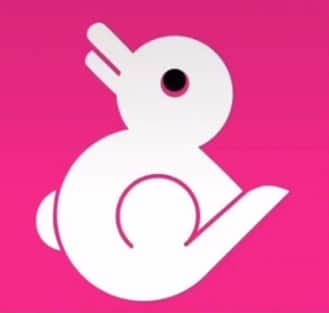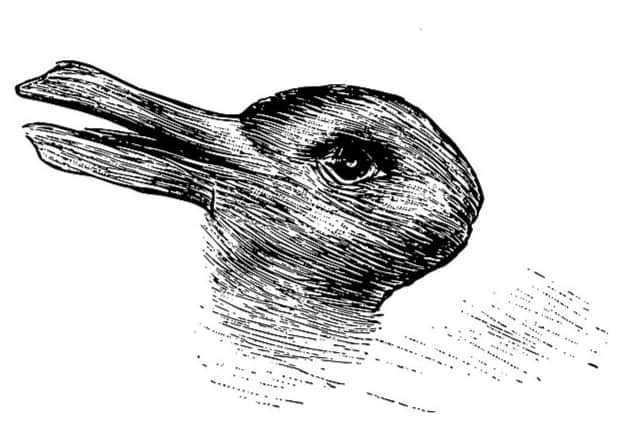What animal do you see? TikTok optical illusion reveals if you are level-headed or emotionally impulsive
and live on Freeview channel 276
Optical illusions are a fun way of putting your power of perception to the test, but they can also tell you a lot about your personality.
It is thought that what you see in an image is reflective of key characteristics or traits, which can influence your behaviour in certain situations.
Advertisement
Hide AdAdvertisement
Hide AdAn optical illusion shared on TikTok claims that the animal you see first in an image reveals how you think, and this in turn affects how you behave.
What animal do you see?


This optical illusion shared by TikTok user The Sanz World explains that the animal explains what type of thinker you are.
Depending on how you think, you may see a rabbit or a duck.
The rabbit
If you saw the rabbit first, it supposedly means that you are a logical thinker and you give a lot of thought to situations before taking action.
You tend to take a more level-headed approach when dealing with other people and tackling life’s challenges.
Advertisement
Hide AdAdvertisement
Hide AdThe video states: “Logic usually takes the first place in your life. You like considering all the consequences before your actions.”
The duck
If you spotted the duck first, it supposedly means that you are more emotionally impulsive and have a tendency to act based on your feelings, without necessarily thinking things through first.
The video says: “If you saw a duck first it is possible that your life consists of emotional impulses.”
The rabbit-duck sketch
The image is similar to a sketch depicting a rabbit and a duck that is said to show how quickly our brain works, and how creative we are.


Advertisement
Hide AdAdvertisement
Hide AdMost people can see the duck but have difficulty seeing the rabbit, while some people can see both and can switch between them freely.
Research suggests the faster you can switch between the animals the quicker your brain works - and those who can do this at speed are more creative.
The rabbit-duck optical illusion can be traced back to October 1892 when it was published in an issue of Fliegende Blätter, a German magazine, with the caption “Which animals are most like each other?”.
It has also been used by American psychologist Joseph Jastrow in 1899 who believed that the mental processing of images was central to interpretation of the world.
Advertisement
Hide AdAdvertisement
Hide AdHe used the illusion to demonstrate that what people see also depends on their emotional state and their surroundings.
Mr Jastrow assessed how quickly people could switch between the duck and the rabbit and found that what people saw was influenced by the time of year, with people more likely to see the rabbit first during the Easter period, while the duck is more common in October.
After being used by Mr Jastrow, the sketch was made famous by Ludwig Wittgenstein who included it in his Philosophical Investigations to describe different ways of seeing.
It was later used in a 2011 study published in the British Journal of Psychology which assessed participants’ creative ability, and the ease at which they could perceive alternative interpretations of the rabbit-duck figure.
Advertisement
Hide AdAdvertisement
Hide AdParticipants were asked to consider everyday objects and list as many uses for them as they could in two minutes. They were then shown the rabbit-duck illusion and asked which animal they saw.
Those who could see both were then timed to see how long it took them to flip between the two animals.
Results confirmed the theory that those who could switch between the rabbit and the duck the fastest were more creative as they were able to find an average of three more uses for the everyday objects, compared to those who had difficulty seeing both.
Comment Guidelines
National World encourages reader discussion on our stories. User feedback, insights and back-and-forth exchanges add a rich layer of context to reporting. Please review our Community Guidelines before commenting.
